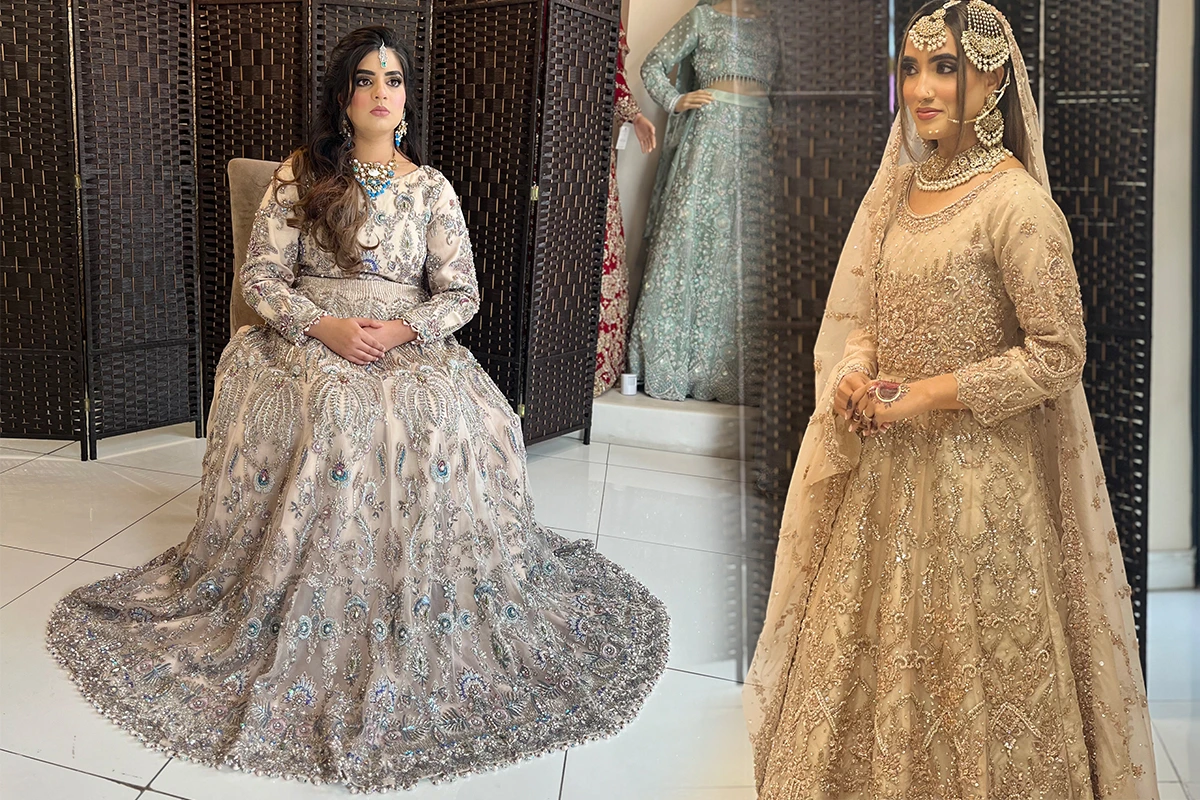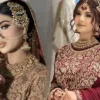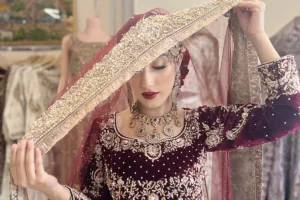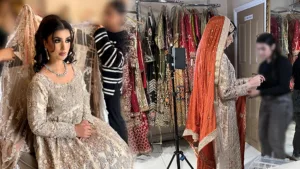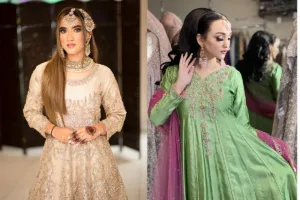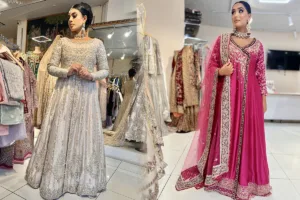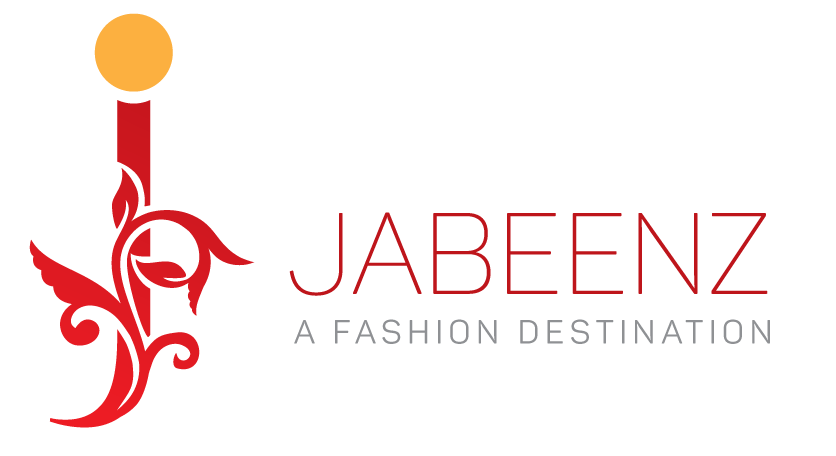Sustainable Practices in Pakistani Bridal Fashion: A New Era of Conscious Couture
Pakistani bridal fashion is more of a traditional, luxurious and artisanal craftsmanship industry. Fashion experts often praise Pakistani bridal wear for its richness. Also delicacy in materials down to the least details of zardozi, the most extravagant fabrics like jamawar to silk. But to take into account the environmental awareness of our world, the fashion industry also has to shift to the sustainable notion, and bridal fashion is not the exception. Luckily, a new generation of designers and customers is bringing us toward the era when sustainability is becoming synonymous with style.
Reinventing Bride Wear: Contingent on Beyond the D-Day
Conventionally, Pakistani bridal dresses are donned only once and never seen again after several years, without exaggerating it to decades. Such one-time attitudes add to the problem of wasted fashion and make artisanal clothes less valuable. Most of the young women brides today prefer their bridal outfits to be versatile and be worn in the future as well as during the holidays. The other trend is that the designers are also producing dressing accessories that can easily remove after the wedding, such as capes, dupattas, or jacket overlays. And make the bridal attire something anyone can wear.
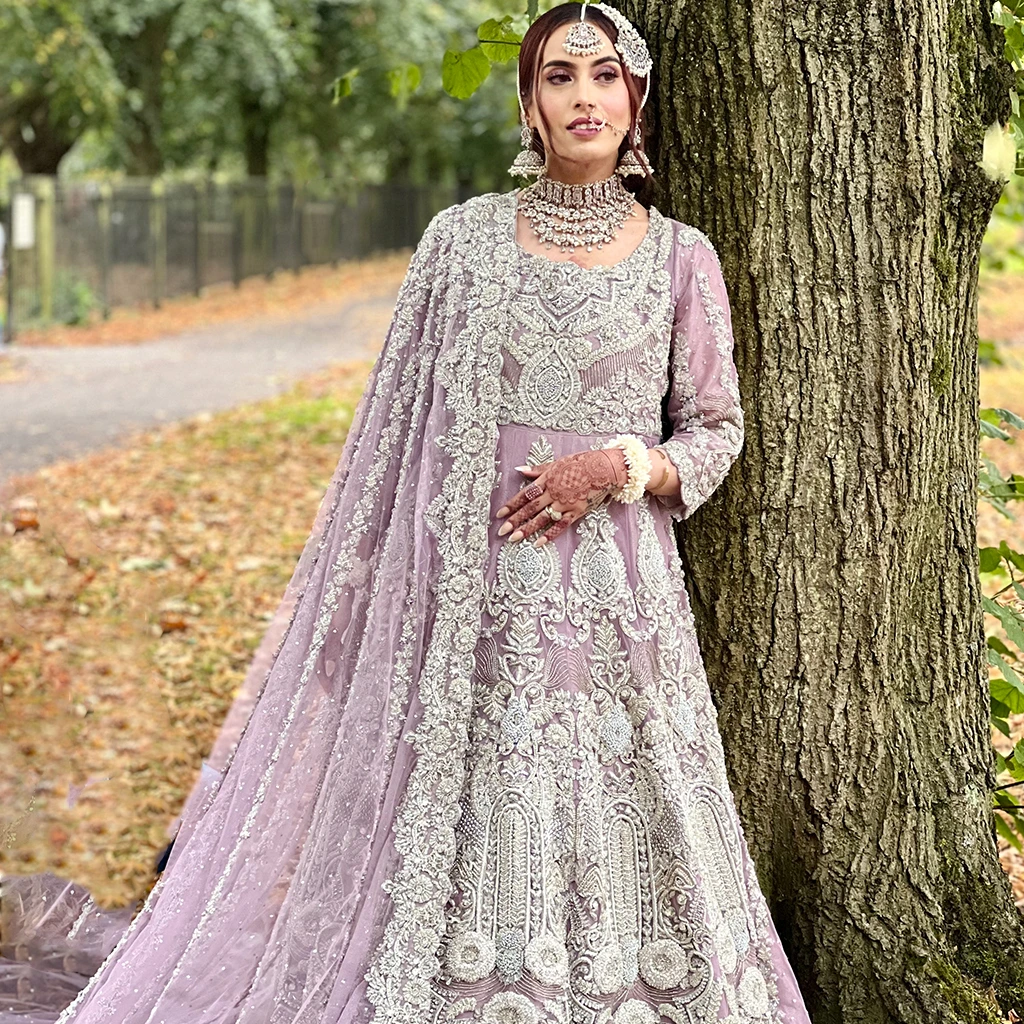
Resurrecting Heritage Textiles and Processes
Sustainable bridal fashion is also about respecting traditional techniques which are environmentally friendly by nature. The designers in Pakistan are also reviving the old handloom fabrics like khadi, organza and pure cotton, which are biodegradable and have a lesser carbon footprint than the synthetic fabric. Designers are reviving older techniques such as such as hand embroidery, block printing and using natural dyes. It is not only an attempt at keeping tradition alive, designers are also using it to minimise dependence on industrial processes filled with eco-unfriendly chemicals.
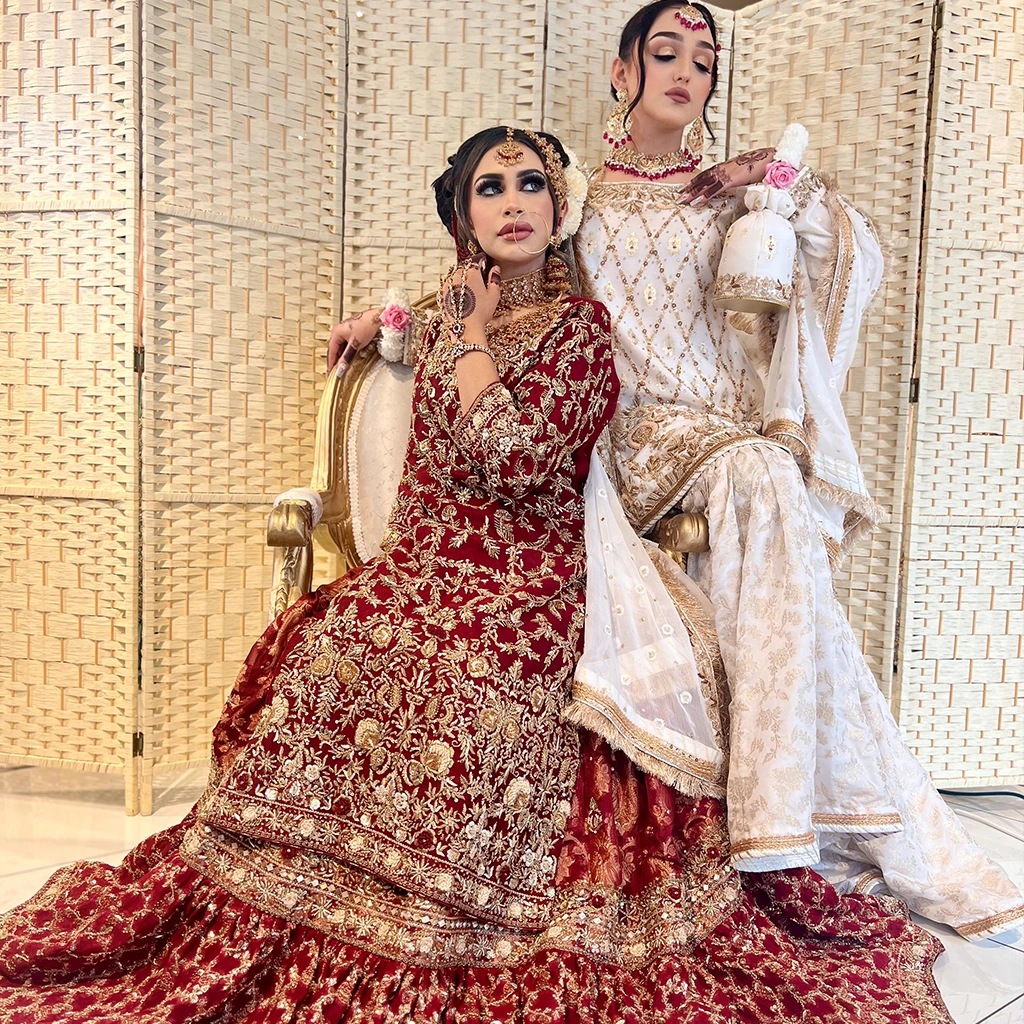
Upcycles and Heirloom Revivals
The heirloom fashion is on the increase since the brides are opting to wear or use the wedding gown of their mothers or grandmothers. This emotional and environmentally friendly habit minimises wastage of textiles and glorifies family ties. Other designers will also provide upcycling services to bring old bridal wear to the modern one. But still keep the emotional worth of the original outfit.
Environmentally friendly materials
As people have grown more conscious of the environmental waste that the production of fabrics is responsible to a lot of designers have begun to switch to organic and non-cruel materials. Slowly but gradually, organic cotton, peace silk, which farmers harvest without destroying silkworms and plant-based dyes are finding their way into the bridal collections. These materials cost more and are more difficult to get, but when it comes to environmental impact, they are a much wiser investment for the environmentally conscious bride.
Fair Wage and Local Craftsmanship
Ethical labour seems to be one of the pillars of sustainable fashion. By promoting local artisans, a number of positive effects are achieved: not only could cultural craftsmanship be saved, but fair pay and safe working conditions are guaranteed. A number of Pakistani wedding brands have lately decided to focus on small artisan populations, leveraging them by paying them and giving them skills. This moral stance will bring an extra meaning around every bridal attire; hence, this will be an analysis of beauty and the product of human dignity.
Conclusion: The responsibility is the foundation of the future.
Sustainability in Pakistani bridal fashion is no longer at the trend stage, but it has become a need. There is a rising sense of climate awareness which is making women drop a more traditional yet non-eco-friendly option, completely letting it go without replacing it with beauty but simply making a choice that resonates with them. Establishing a bridal fashion, the Pakistani market is not only producing clothes with its sustainability employment but also a future that will not only recognise the people but the planet as well.
Whether by choosing eco-conscious fabrics, restoring heirloom processes, or using ethical production, sustainable bridal wear is changing our definition of beautiful on your wedding day (and after, too).

